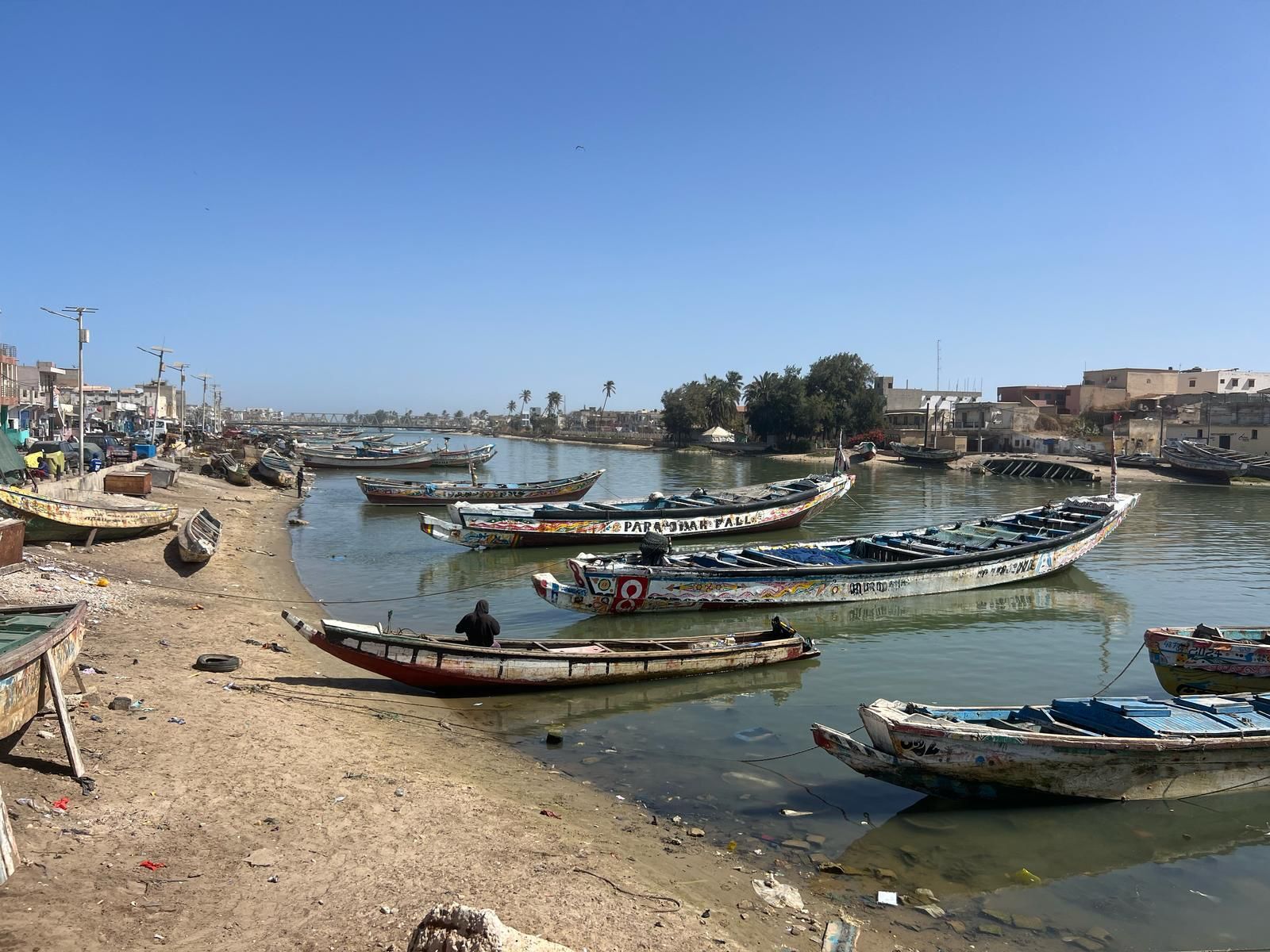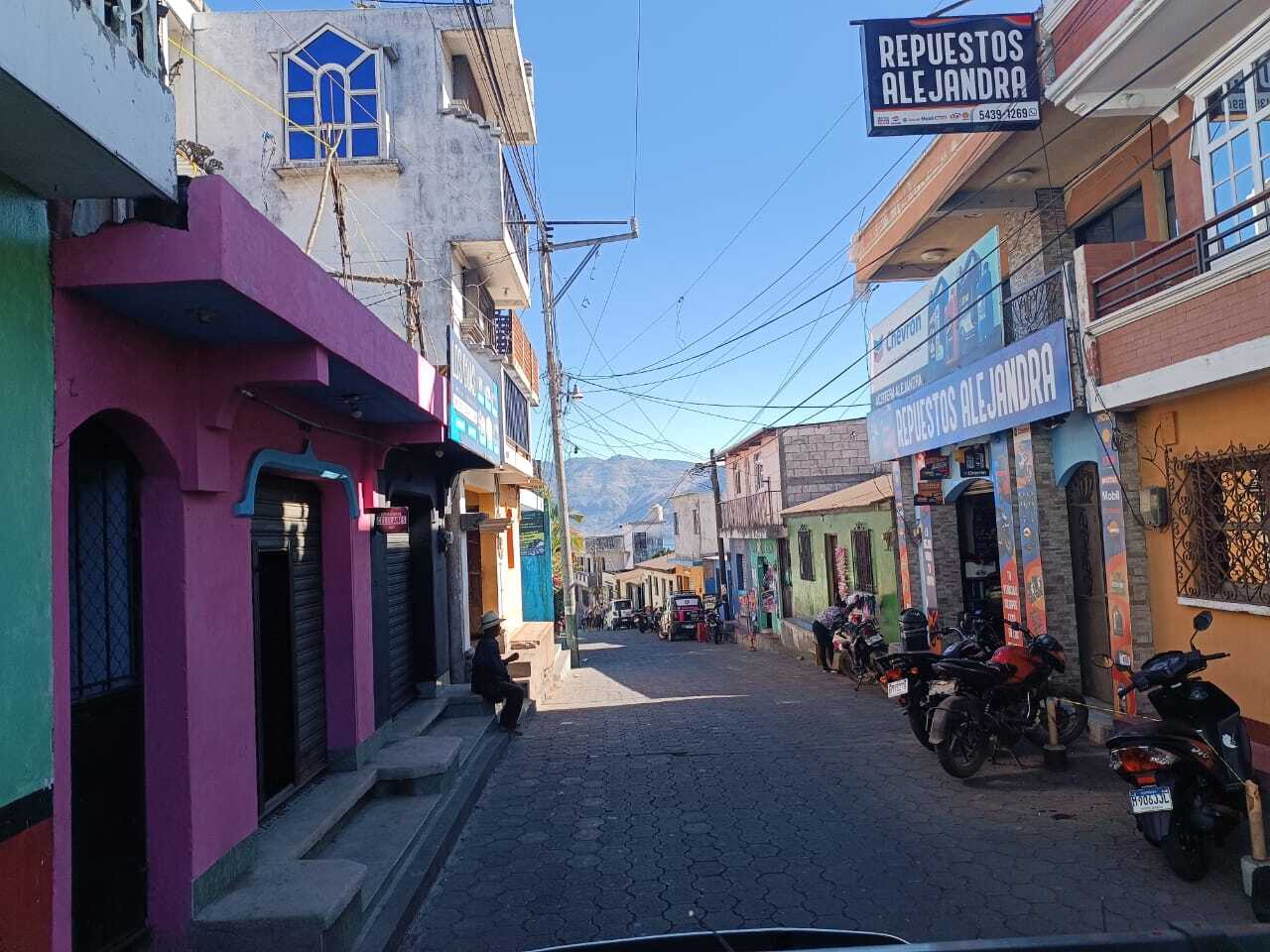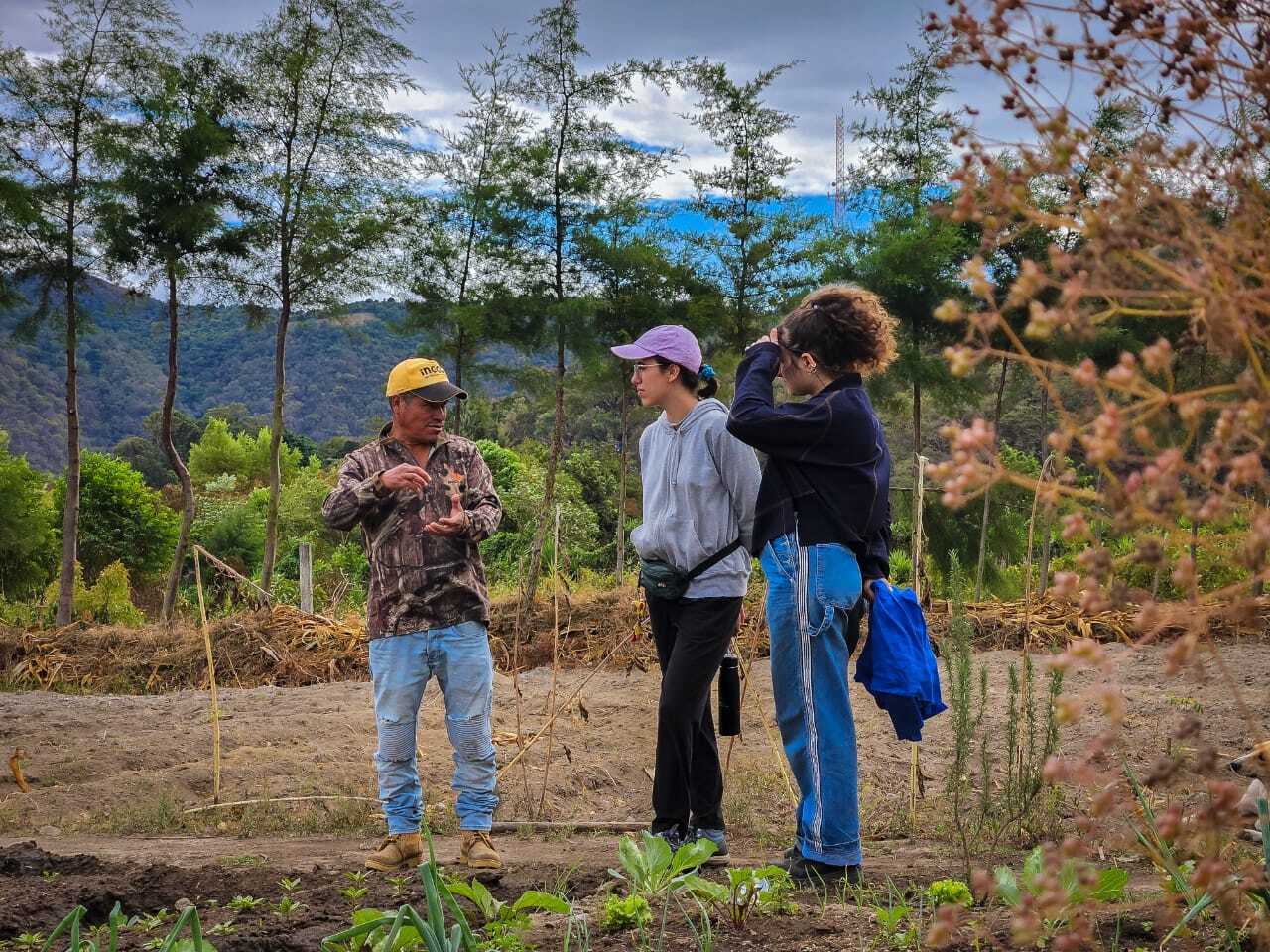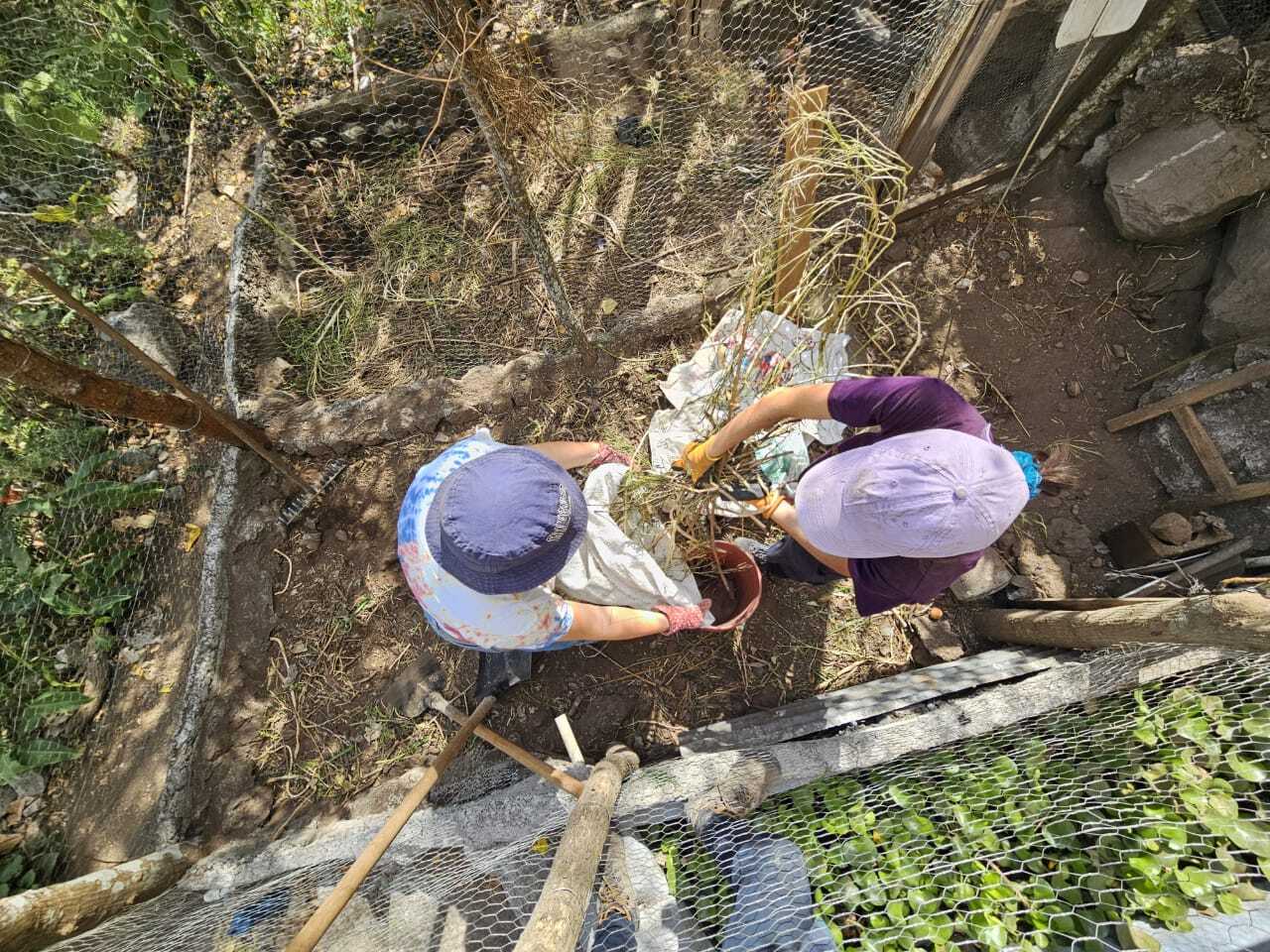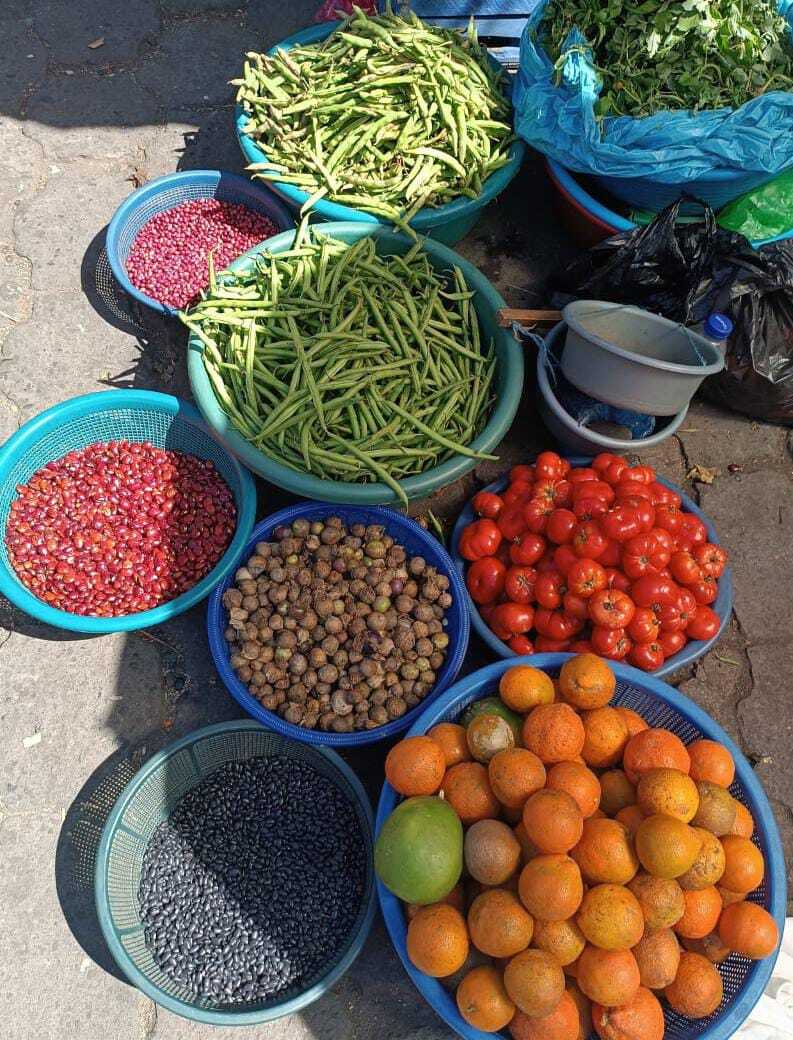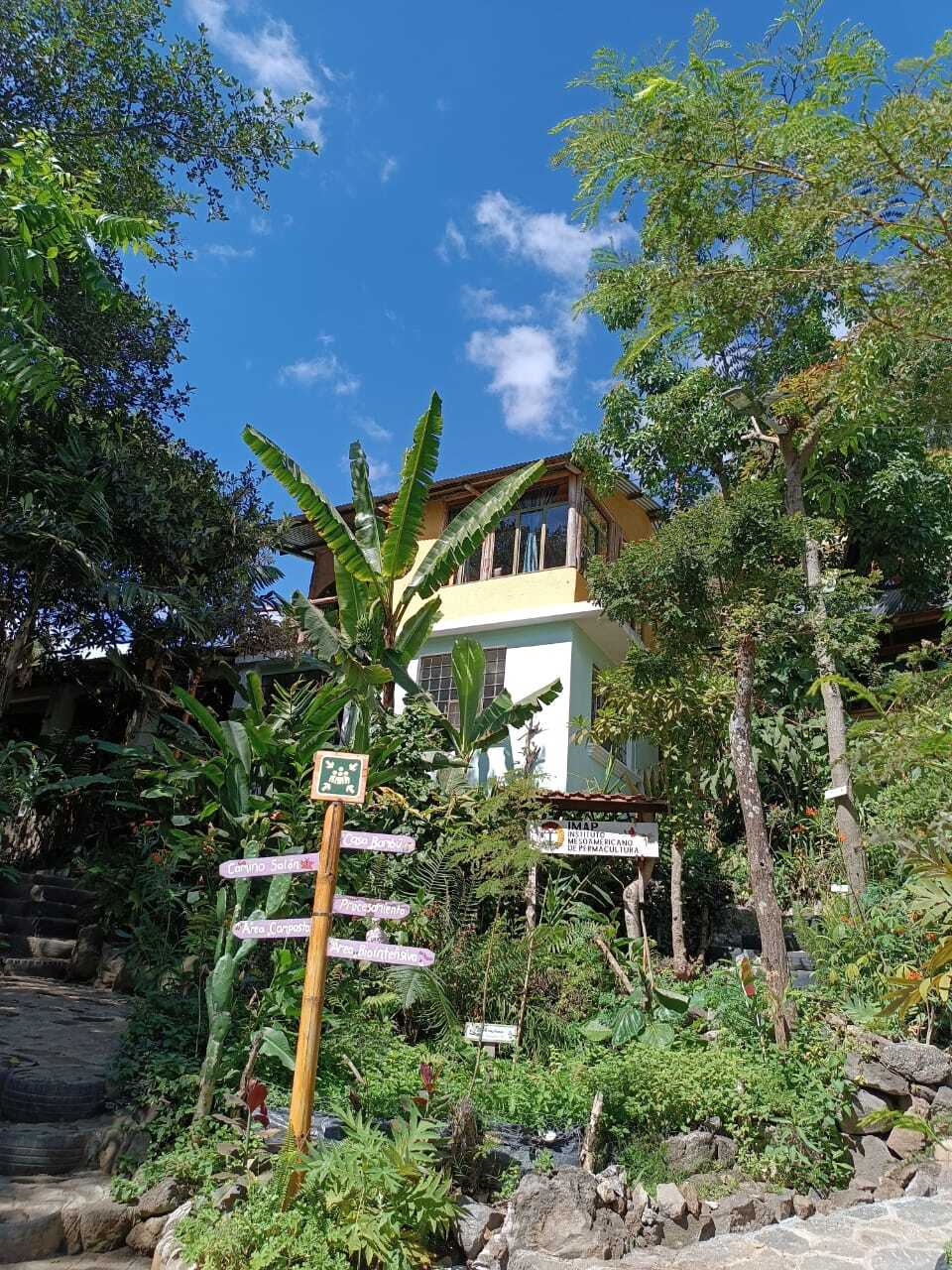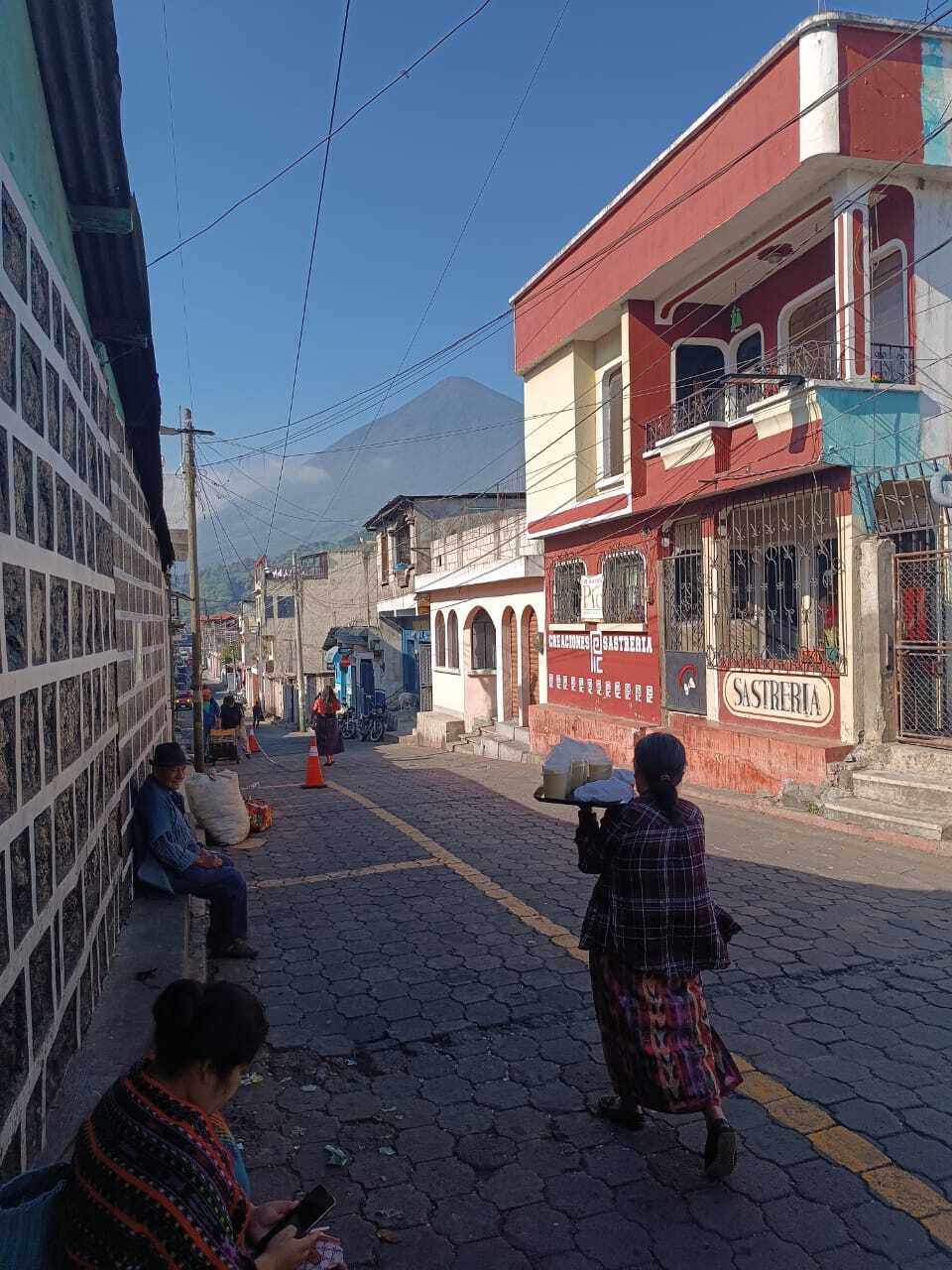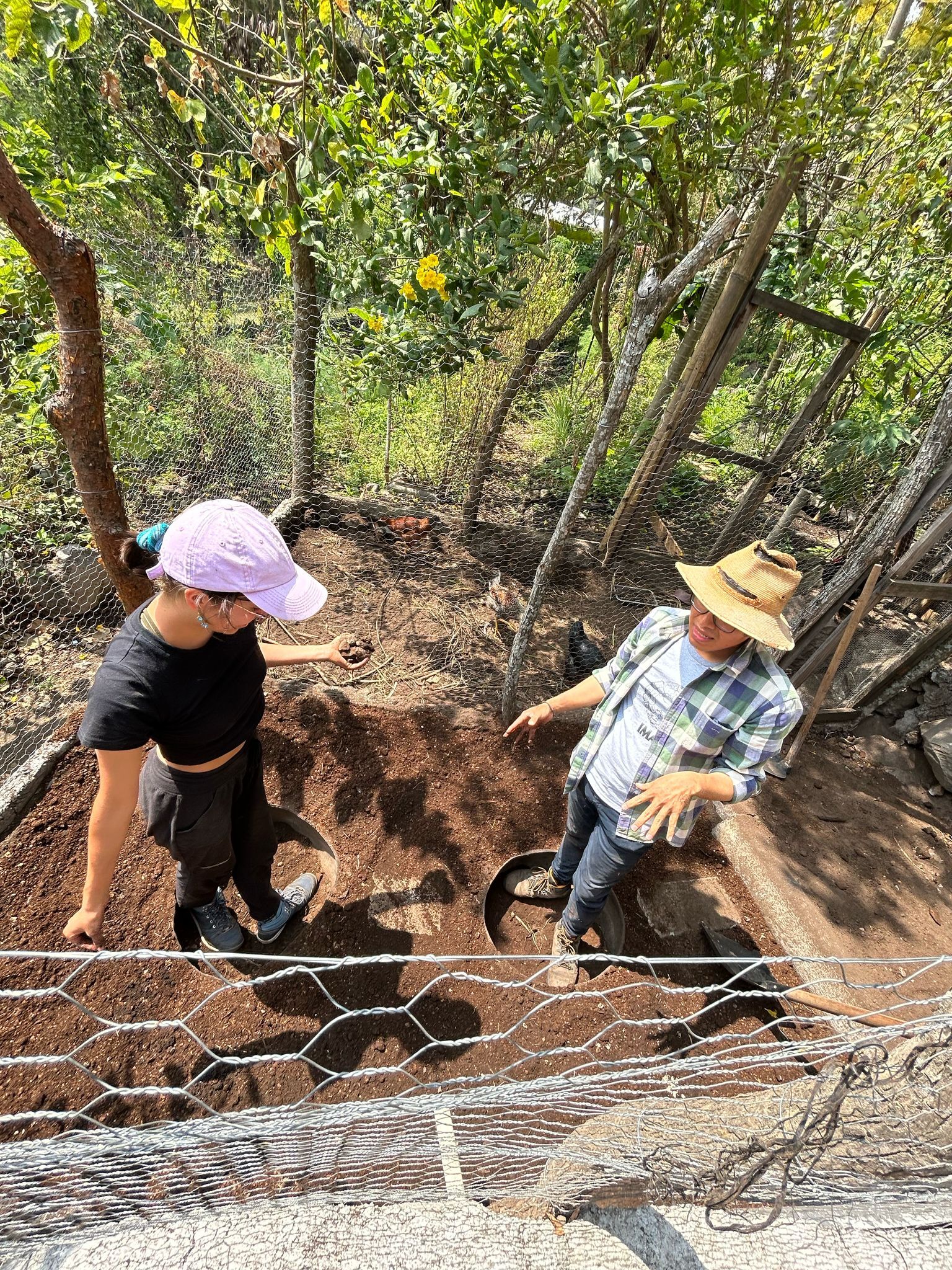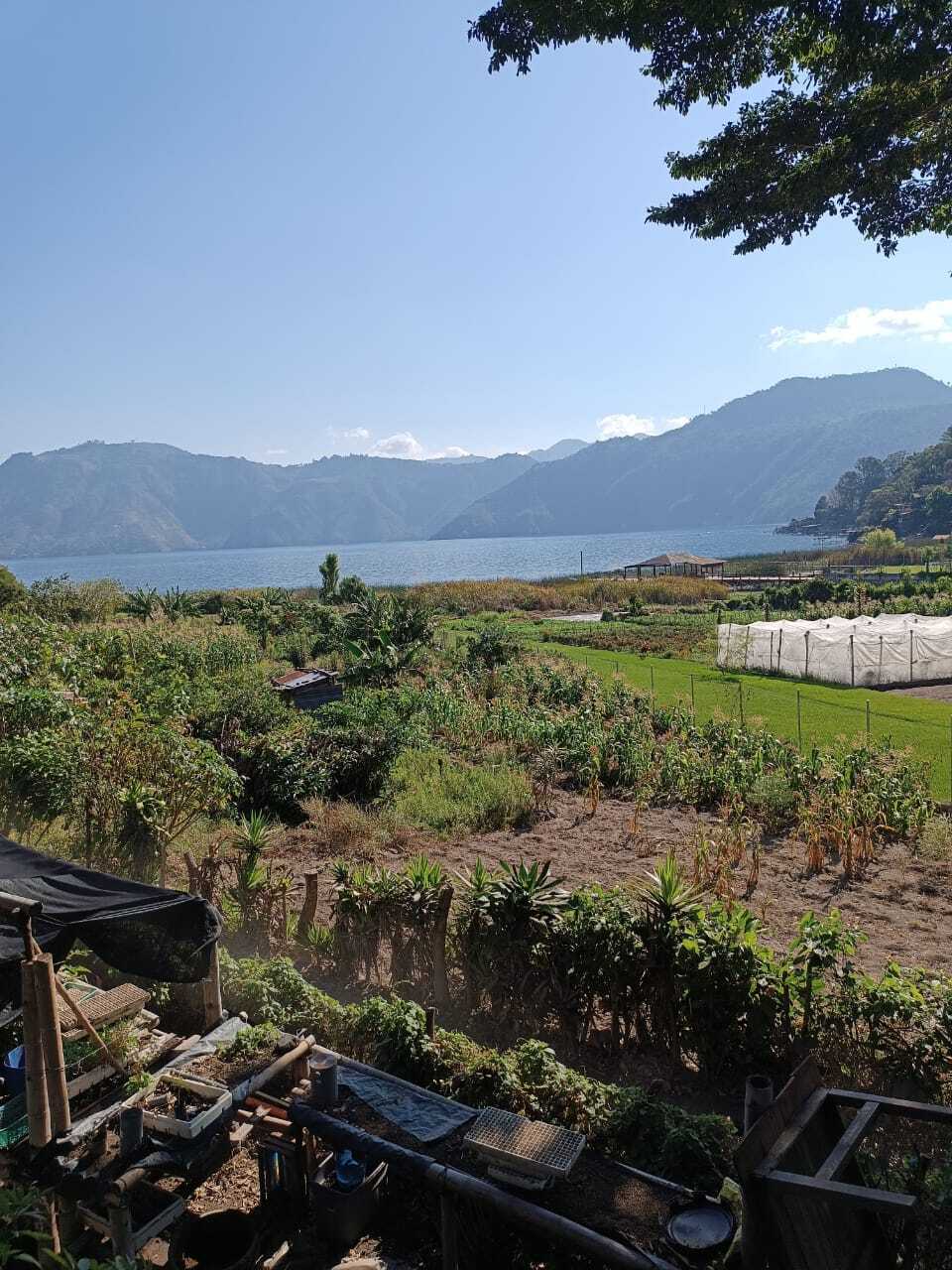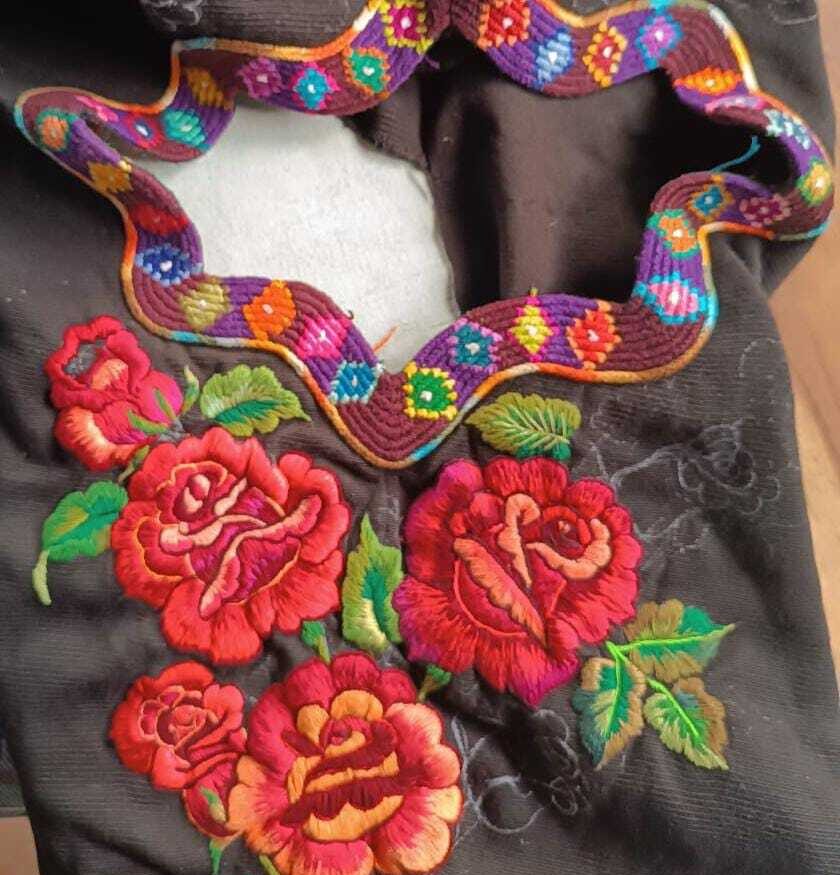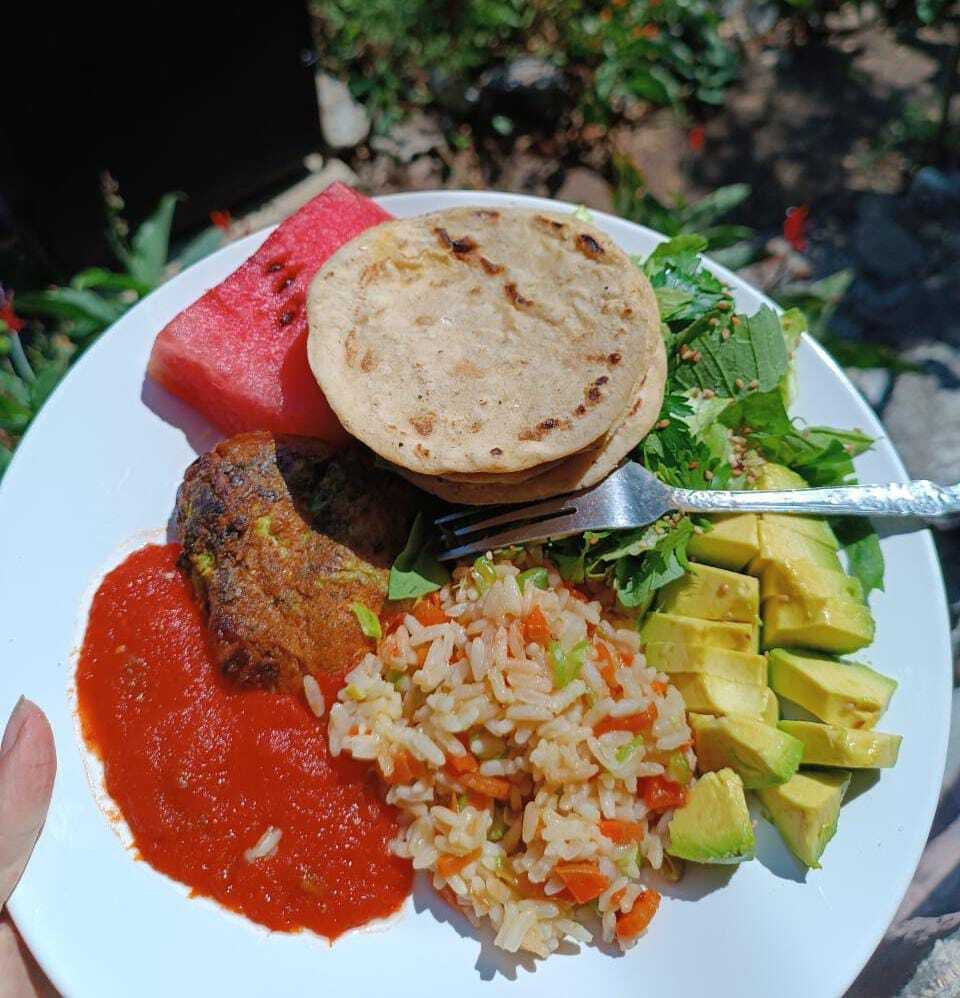
Written by Nina Rafaela Shear Quitiguiña, 2024-25 Latitudes Student
Hello, my name is Nina  I’ve been volunteering at a project called IMAP (Mesoamerican Permaculture Institute) in Guatemala for more than a month, and I’ve loved it.
I’ve been volunteering at a project called IMAP (Mesoamerican Permaculture Institute) in Guatemala for more than a month, and I’ve loved it.
One of my first impressions of Guatemala was how kind and welcoming people are. I arrived in Guatemala City on February 11th. From there, our trip to San Lucas Tolimán was about three hours. It was fascinating to watch the landscapes change as we descended into the Lake Atitlán basin. The next morning’s breakfast was delicious: fruit, beans, tortillas, fried plantains, cheese, eggs, and a wonderful tea. Everyone at IMAP was so welcoming and made sure I felt at home. On my first day, I was introduced to the director, Inés, who gave me a warm welcome and an overview of the project and its work ethic.
For my first three weeks, I stayed in IMAP’s volunteer housing. The rooms are spacious, with balconies—usually shared, but I had one to myself. The views are beautiful, and I felt very safe. IMAP has green spaces, a communal dining room, a kitchen volunteers can use anytime, composting toilets, and handwashing stations for laundry (though laundry service is also available). Everything at IMAP is very organized and carried out with care.
During my first week, we planted qa q’ani (amaranth), worked in the gardens, and began building relationships with the people and the land. On weekends, I relaxed at the lake’s dock and explored downtown San Lucas. The streets are full of color and culture—women selling huipiles, fruit, baskets, and bags.
San Lucas Tolimán is in the municipality of Sololá, located in the southwestern part of the country beside Lake Atitlán. The lake is surrounded by eleven beautiful towns that offer everything from zip-lining and volcano hikes to restaurants and artisan shops. Some of the most well-known towns include Panajachel, Santa Cruz, San Pedro, San Juan La Laguna, Santiago, Santa Catarina Palopó, San Marcos, and San Antonio Palopó. It’s easy and safe to get around the lake by boat (lancha).
As a permaculture center, IMAP provides a wide variety of volunteer work. I’ve helped with garden maintenance, transplanting, preparing planting soil, bagging compost, drying fruit in a solar dehydrator, assisting our neighbor Don Carlos in his garden, and—my favorite—caring for the amaranth plants.
Amaranth is an ancient Central American crop considered a “superfood” for its nutritional value. It’s been amazing to see the process unfold—from fertilizing to planting to watching it grow. Georgia (another volunteer) and I have been in charge of the amaranth. Even when the sun wore us out, we always rewarded ourselves with delicious chocolate-covered ice cream bars for just 5Q. Charlie, one of the team members, is always ready to offer you one!
Halfway through my stay, I decided to move from IMAP into town to live with a host family so I could immerse myself more fully in the culture. The Lec Agcot family welcomed me warmly. Mrs. Chona made me feel like one of her own from the start. We’ve shared meals, walks, and conversations. I’ve learned local recipes and family traditions—like Sunday lunches, when extended family gathers to eat together. We even went on a hike with her son and his family. There are beautiful trails nearby for small hikes and walks.
Helpful Tips I’ve Learned Here:
- Try the amaranto snacks at IMAP—they’re delicious and perfect for long workdays. I especially recommend the cacao amaranth cookies.
- Market days in San Lucas are Tuesday, Friday, and Sunday. These are the best times to experience the full vibrancy of the town.
- To explore nearby towns, you can take a lancha from San Lucas. To reach some destinations, you might first need to go to Panajachel (about 20 minutes away), then take a boat from there. Alternatively, you can take a pickup truck to Santiago and catch a boat from there.
- Always ask the prices before getting on a lancha or pickup to avoid being overcharged.
What has challenged me:
The first few weeks were full of new experiences—the people, the food, the land—everything felt exciting. But as I settled into a routine, I realized I wasn’t appreciating the moment as much as I wanted to. It was a challenge to stay present.
At times, I missed home and the people there. Field work can feel repetitive and requires patience. If you’re not used to it, the sun can also be intense. Still, these challenges taught me the value of being present and embracing every part of the experience.
Highlights so far:
There have been so many. Swimming or relaxing at the lake, laughing with the IMAP team during lunch, and exploring nearby towns have all been amazing. One day that stands out was Valentine’s Day—my first at IMAP. The whole team worked together in the garden, then shared chocolate-covered fruit under an avocado tree. At lunch, everyone shared food like a potluck, and afterward we enjoyed ice cream. I got to relax on my balcony and watch the sunset from my beautiful room. It was such a special day.
Looking Ahead
I’m now preparing for my next destination in Guatemala, where I’ll be learning about eco-construction and sustainable building. I’m excited to continue exploring people’s lives and Guatemala’s vibrant culture.
Inspired by Nina’s gap year? Learn more about the Latitudes Year and carve out your own journey!

